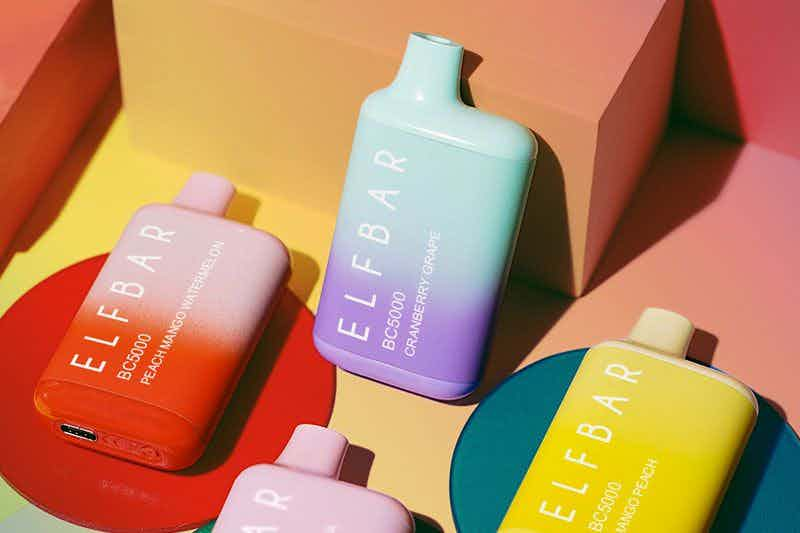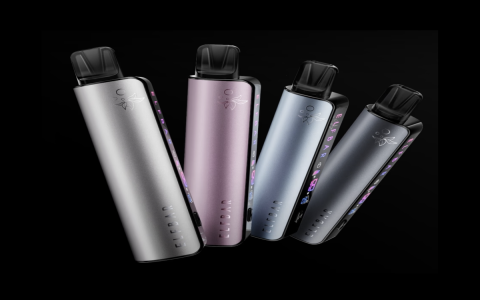Elfbar Electronic Cigarettes
Elfbar is a notable brand in the electronic cigarette market, primarily recognized for its disposable vaping devices. These products are designed for simplicity and immediate use, requiring no maintenance or refilling by the user.
Key Characteristics:

- Disposable Nature: Elfbar devices are intended for single use. Once the e-liquid is depleted or the battery life ends, the entire unit is discarded.
- Pre-filled E-liquid: Each device comes pre-filled with a specific amount of e-liquid. A wide variety of flavors is typically available.
- Integrated Battery: They contain a pre-charged battery designed to last for the lifespan of the e-liquid.
- Nicotine Content: Most Elfbar products contain nicotine, with concentrations varying by product and regional regulations. Nicotine-free options may also be available in some markets.
- Draw-Activation: Operation is typically through a draw-activated mechanism, meaning the device produces vapor when the user inhales, without the need for buttons.
- Portability and Design: Known for their compact, lightweight, and often colorful designs, making them highly portable.
Usage and Regulatory Context
Elfbar devices are generally marketed towards adult smokers looking for an alternative to traditional cigarettes or for a convenient vaping option. The ease of use and variety of flavors are significant factors in their popularity.
Important Considerations:
- Nicotine Addiction: Due to the nicotine content in most Elfbar products, there is a risk of developing or sustaining nicotine addiction.
- Environmental Impact: Being disposable, these products contribute to electronic waste. Proper disposal methods are often not widely practiced or available.
- Health Aspects: While often positioned as an alternative to smoking, the long-term health effects of using any electronic cigarette, including Elfbar, are still a subject of ongoing research.
- Regulatory Landscape: The sale, marketing, and use of Elfbar and other e-cigarettes are subject to varying regulations across different countries and regions. These can include restrictions on flavors, nicotine strength, advertising, and age of purchase.







